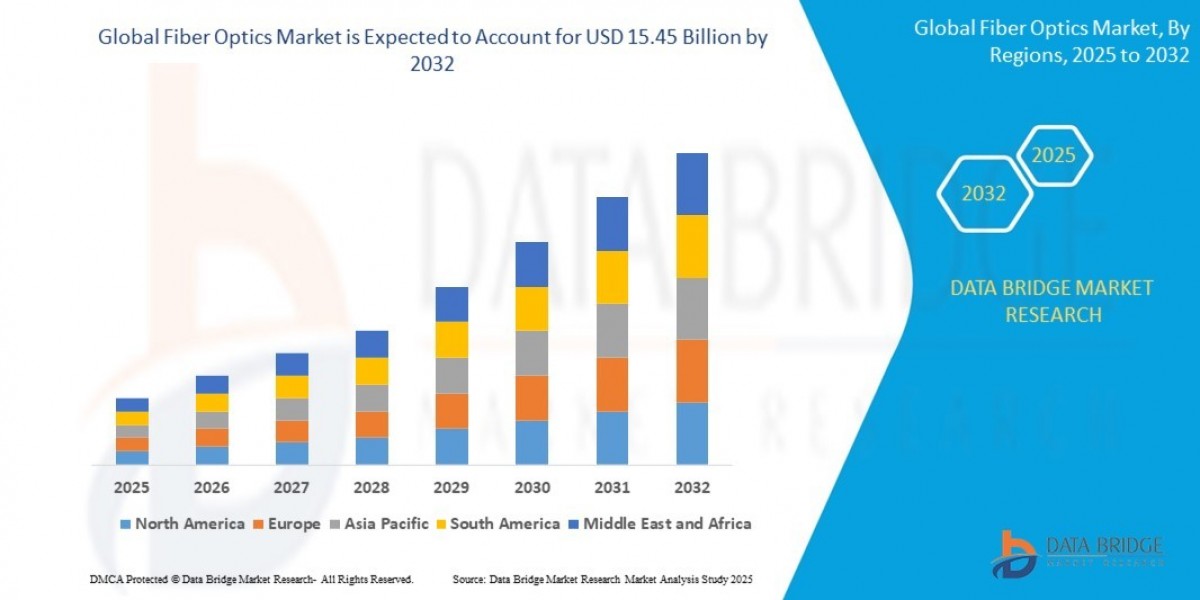Industrial communication Market Size refers to the exchange of data between industrial equipment and control systems to ensure seamless automation, monitoring, and operation of processes. As factories evolve into smart, connected, and data-driven environments, industrial communication systems play a crucial role in enabling real-time decision-making, predictive maintenance, and interoperability across diverse machines and systems.
What is Industrial Communication?
Industrial communication systems allow machines (M2M), sensors, controllers, and software to interact efficiently. Unlike conventional IT networks, industrial networks must handle high reliability, determinism, and harsh environments.
It typically includes:
Field-level communication (sensors, actuators, controllers)
Control-level communication (PLCs, SCADA, DCS)
Enterprise-level communication (MES, ERP integration)
Key Components
? Programmable Logic Controllers (PLCs)
? Industrial Ethernet and Fieldbus Protocols
? Gateways and Converters for legacy system integration
? Wired & Wireless Communication Devices
☁️ IoT Platforms and Cloud Connectivity Modules
Communication Protocols in Industry
| Protocol | Description & Use Case |
|---|---|
| PROFINET | Ethernet-based, real-time control in automation systems |
| EtherCAT | High-speed communication for motion control |
| Modbus TCP/RTU | Widely used in energy, water, and building automation |
| CAN/CANopen | Robust communication in automotive and industrial systems |
| DeviceNet | Allen-Bradley-centric protocol for device communication |
| OPC UA | Interoperability standard for secure machine-to-cloud data |
| WirelessHART, ISA100 | Wireless sensor network protocols in harsh environments |
Types of Industrial Communication Networks
1. Fieldbus Networks
Legacy systems designed for sensor-to-controller communication with deterministic response.
Examples: PROFIBUS, Modbus RTU, CAN
2. Industrial Ethernet
Modern, faster, and IP-based, ideal for real-time control and integration with IT systems.
Examples: PROFINET, EtherNet/IP, EtherCAT
3. Wireless Industrial Communication
Essential for mobile assets and hard-to-reach environments.
Includes Wi-Fi 6, Bluetooth LE, LoRaWAN, 5G Industrial IoT
4. IIoT & Cloud Communication
Transmits plant data to cloud platforms for analytics, diagnostics, and remote management.
Applications of Industrial Communication
? Factory Automation: Controls robotic arms, conveyors, and CNC machines
⚡ Energy & Utilities: Grid monitoring, substation automation, load balancing
? Transportation & Rail: Monitoring and signaling of critical assets
?️ Building Automation: HVAC, lighting, fire alarms, elevators
? Water & Wastewater: Remote pump control and leak detection
? Pharmaceutical & Chemical: Process control and regulatory compliance
? Logistics & Warehousing: AGV/AMR coordination, inventory systems
Key Benefits
✅ Real-Time Communication: Enables instant responses to process changes
✅ System Interoperability: Ensures smooth data flow between heterogeneous systems
✅ Predictive Maintenance: Early fault detection reduces downtime
✅ Operational Efficiency: Automation and visibility across the production chain
✅ Remote Monitoring & Control: Especially crucial in large-scale or hazardous setups
Challenges in Industrial Communication
⚙️ Legacy System Integration: Difficulties bridging old fieldbuses with modern Ethernet
?️ Cybersecurity Risks: Increasing exposure of OT networks to IT threats
? Complex Protocol Ecosystem: Requires knowledge of multiple standards
? Upfront Investment: Cost of upgrading or deploying high-speed networks
? Wireless Interference: Challenges in maintaining stable connections in dense environments
Emerging Trends
? Industrial 5G: Offers ultra-low latency, high reliability for critical communications
☁️ Edge Computing: Processes data locally to reduce network loads and latency
? AI-Powered Networks: Self-optimizing and anomaly-detecting communication systems
? Zero Trust Security: Securing OT networks from edge to cloud
? Unified IT/OT Convergence: Seamless integration between operational tech and enterprise systems
Key Players in Industrial Communication
Siemens – PROFINET, Industrial Ethernet
Rockwell Automation – EtherNet/IP, DeviceNet
ABB – Fieldbus systems, SCADA integration
Schneider Electric – Modicon PLCs, EcoStruxure platform
Moxa, HMS Networks, Belden, Phoenix Contact – Industrial gateways and networking gear
Cisco – Converged industrial networks and cybersecurity
Honeywell – Industrial communication in process automation
Future Outlook
The future of industrial communication lies in intelligent, scalable, and secure networks that connect everything from individual sensors to cloud-based AI analytics. As Industry 4.0, IIoT, and smart factory paradigms take hold, businesses will increasingly rely on high-performance communication infrastructures to gain operational agility and competitiveness.
Conclusion
Industrial communication is not just a utility—it's a strategic enabler of modern manufacturing and smart infrastructure. As systems become more interconnected, autonomous, and data-driven, robust industrial communication will serve as the digital nervous system powering the factories and industries of tomorrow.
Read More
| US Vector Network Analyzer Market |
| US VRF System Market |
| US Smart Thermostat Market |
| US Current Sensor Market |
| US Wearable Technology Components Market |








